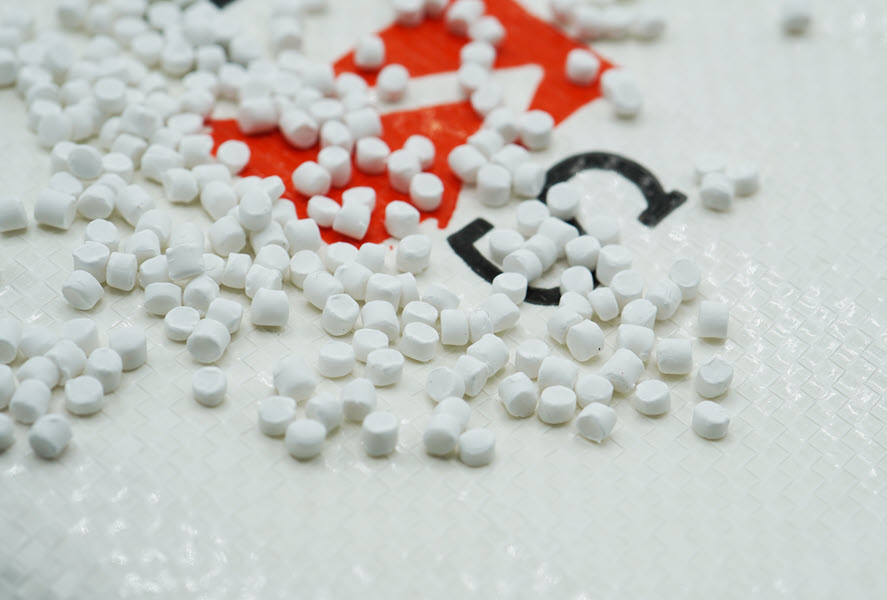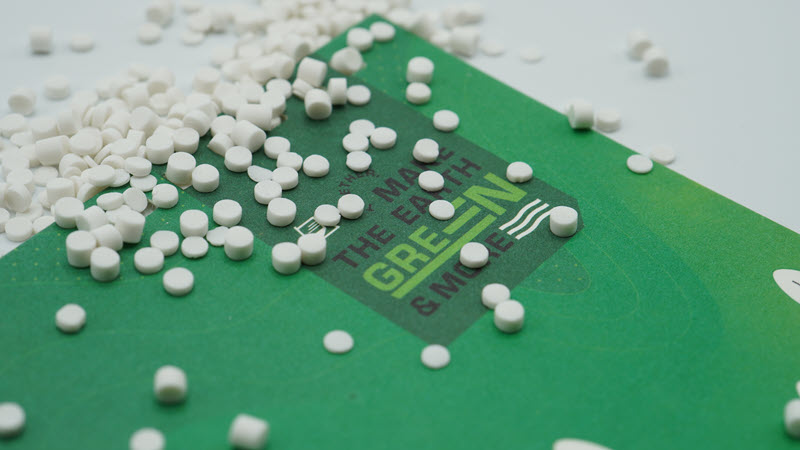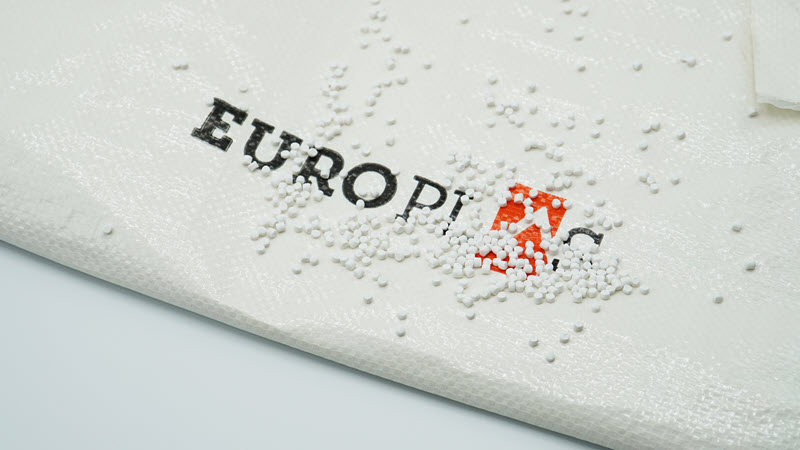
As a plastic manufacturer, you must have heard about terms like filler masterbatch, calpet or taical. “But are they the same? Or are there any differences between them?” - you may think. Well, if you’re asking these questions, you’ve come to the right place.
In this post, we’ll explore the meaning of filler masterbatch, taical, and calpet and help you fully understand their formula and applications. No more further ado, let’s get going!
Read more: What is filler masterbatch and how it is applied to your production?
1. Differentiating filler masterbatch, taical, and calpet
1.1. Filler masterbatch
In terms of filler masterbatch, we’ve published dozens of articles about this material. In short, filler masterbatch is the mixture of carrier resin, mineral (which plays a role as the filler) and some plastic additives depending on the desired properties of finished plastic products.
The minerals here can be CaCO3 , BaSO4, Talc, or Na2SO4. We’ll find out the differences of each mineral below.
1.2. CaCO3 filler masterbatch
CaCO3 can be found in limestone and many natural resources. It is the main ìngredient of CaCO3 filler masterbatch which offers the following advantages:
- Enhance productivity thanks to the good thermal conductivity of CaCO3
- Enhance the physical properties like toughness, flexural stiffness, adhesion,and printability
- Reduce cost
The medium value of the CaCO3 particle size distribution ranges from 3 to 15 μm. The smaller & uniform the particle size, the better dispersion and smoother the surface of finished products will be.
1.3. Talc filler masterbatch
As the name speaks for itself, talc filler masterbatch has the main ingredient of talcum powder. This powder is a metamorphic mineral made of three main components: magie, silic, and oxy. In nature, this material exists in large reserves in the form of soapstone (a high-talc rock) and within whiteschist (for example the Franciscan Metamorphic Belt of the Western United States, the Western European Alps, certain areas of the Musgrave Block,...) and blueschist metamorphic terranes.
Talc filler masterbatch offers advantages for end products like good glossiness and color, increased heat resistance, good dispersion and transformation features, high stability and ease of use. It also works to improve product quality and reduce the cost of products. Plastic products made from talc filler masterbatch can improve stiffness, rigidity and resistant surface.
Talc filler Masterbatch has anti-agglomerating feature (antiblock) and helps smooth the surface without adding any antiblock additive. It can blend well with carrier resin and improve processing capability as well as features of end-products. Therefore, people call it a functional masterbatch.
1.4. BaSO4 filler masterbatch
BaSO4, also known as barium sulfate, is a white crystalline material. As a result, the outstanding feature of BaSO4 filler masterbatch is to make the end product more transparent (while CaCO3 filler masterbatch makes end products more opaque). Other features of BaSO4 filler masterbatch are:
- Improve production efficiency
- Reduce production costs.
- Excellent plasticize and printing performance
- Enhance tensile strength of LLDPE, LDPE film.
- Offer high transparency
1.5. Na2SO4 filler masterbatch
Na2SO4 or sodium sulfate transparent filler masterbatch is a type of filler masterbatch with high content of Na2SO4. We can find sodium sulfate in various forms in nature, including anhydrous (also called thenardite mineral) and decahydrate (known as mirabilite mineral or Glauber’s salt). The vast majority of worldwide sodium sulfate production is in the form of decahydrate with approximately 5.5 to 6 million tonnes annually (Mt/a).
In general, the features of Na2SO4 filler masterbatch are not much different from the above fillers. There’s only one thing you should remember to differentiate them is that using this filler can enhance your product transparency.
Read more: Sodium sulfate filler masterbatch – a “high-end” product of EuP
Other than the above types of filler masterbatch, plastic material engineers also research and develop a variation that is bio filler masterbatch. The formula of bio filler is:
Biodegradable plastic + mineral + specified additives

So you can see that the difference between traditional filler masterbatch and the bio filler masterbatch is that carrier resin. Because bio filler masterbatch will be added to biodegradable plastic to optimize the cost, the carrier resin of bio filler masterbatch must be biodegradable plastics.
You can explore more about what is bio filler masterbatch and how is it applied in the plastic industry
1.6. Taical
Taical is a type of plastic filler containing plastic resin, calcium carbonate powder and some special additives. The ratio of calcium carbonate in taical pellets is around 70-80%. So, we can see that the formula of taical is the same as CaCO3 filler masterbatch, which means that taical is just another name to imply this type of plastic filler.
1.7. Calpet
The word calpet derives from “calcium carbonate pellets”. It’s the same as taical and CaCO3 filler masterbatch which contain a high content of CaCO3 powder.
In short, if people say “filler masterbatch”, we can understand that it can be CaCO3/Talc/BaSO4/Na2SO3 filler. Taical or calpet are just other ways to refer to CaCO3 filler.
2. Why choose plastic filler manufactured in Vietnam?
Vietnam is favored by mother nature for its beautiful limestone mountains dispersing from the North to the South of the country. And the most high quality limestone mountains are located in Yen Bai - a northern province of Vietnam. The materials here offer perfect purity and have been highly appreciated by French geologists for hundreds of years.
In addition, products made in Vietnam have advantages in production costs due to cheap labor costs and large production scale. Exporting products from Vietnam to other countries is also very easy thanks to favorable geographical conditions as well as supportive policies from the government.
3. EuroPlas - the world largest filler masterbatch manufacturer

EuroPlas has the advantage of being licensed by the Vietnamese government to exploit limestone in Yen Bai province for 30 years, ensuring an extremely abundant supply of raw materials for thousands of customers around the world. Specifically, Europlas's limestone source comes from two mountains, Mong Son and Luc Yen - famous for the best quality limestone in Vietnam.
With over 15 years of experience, EuroPlas is the world's number 1 filler masterbatch manufacturer (as reported by Grand View Research). We have 7 factories dispersing from the North to the South with a capacity of 0.6 million MT/year, meeting the great demand for domestic plastic materials and exporting to more than 80 countries around the world.
If you are interested in EuroPlas filler masterbatch, please
contact us for further information and samples.